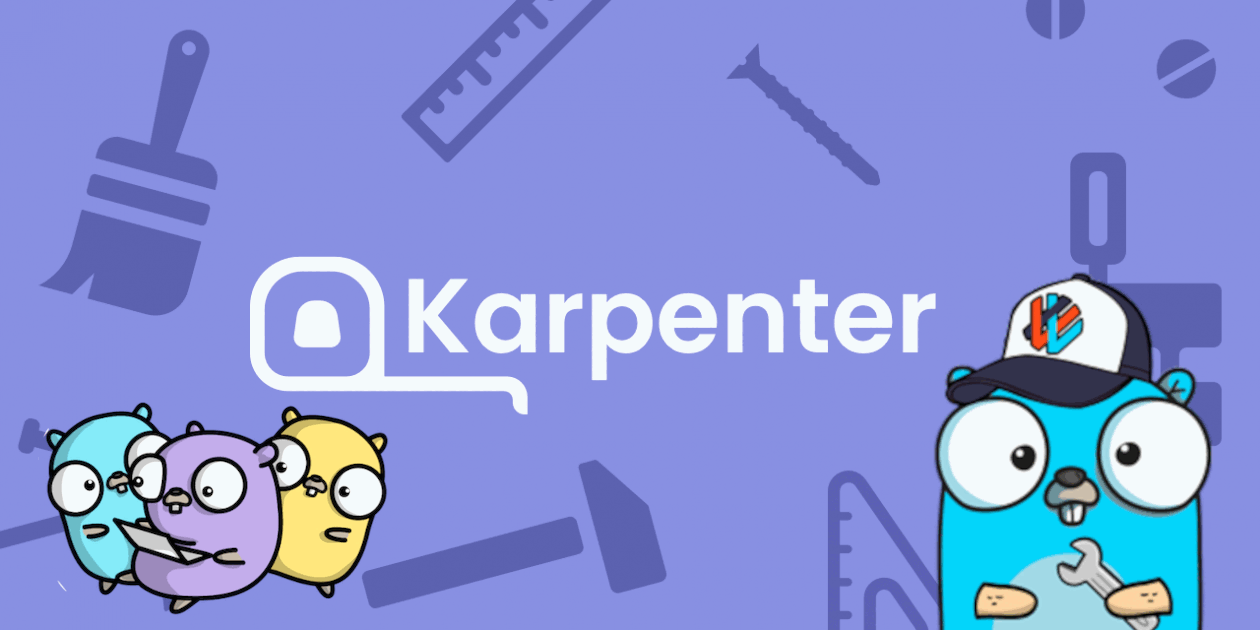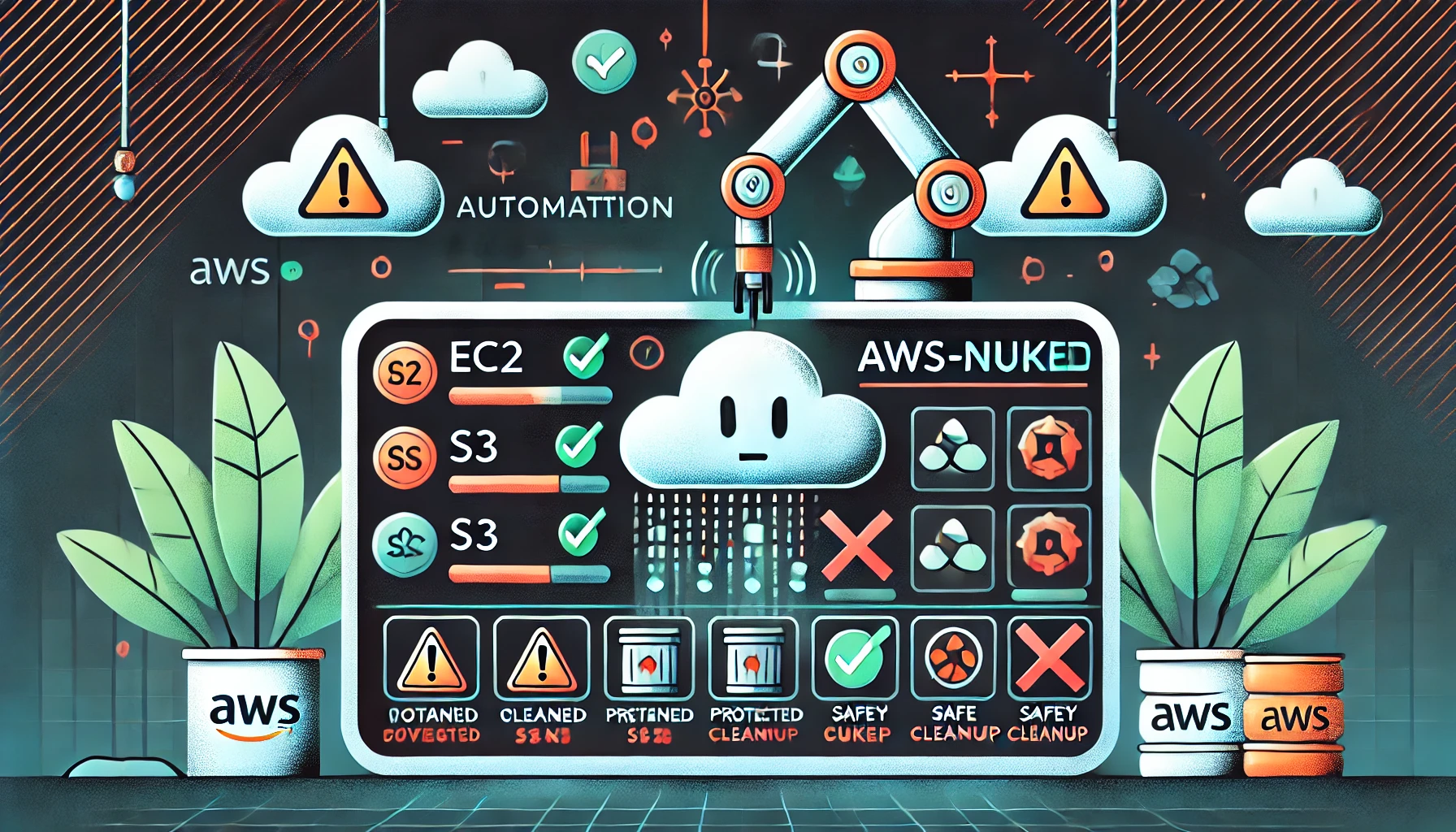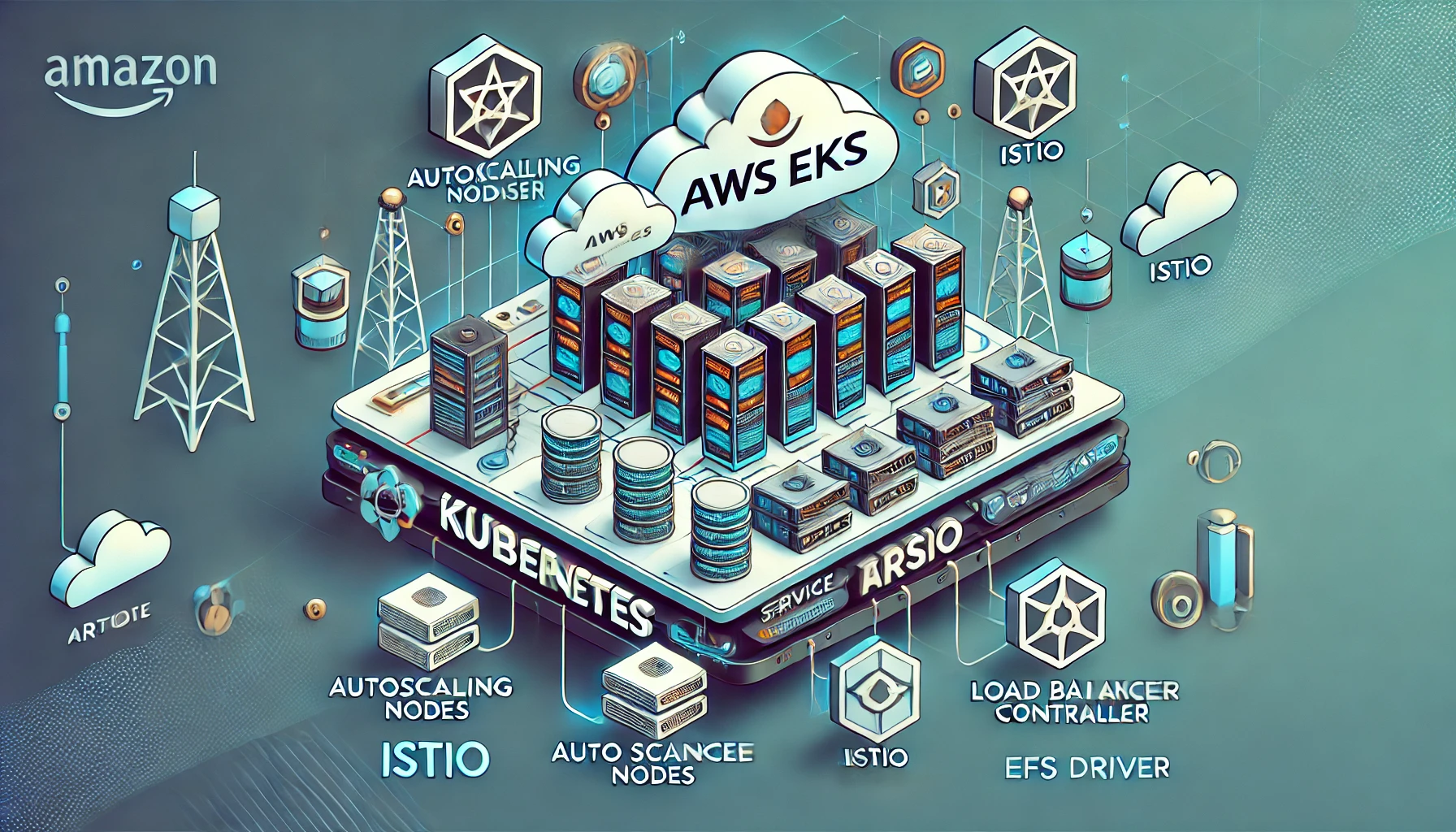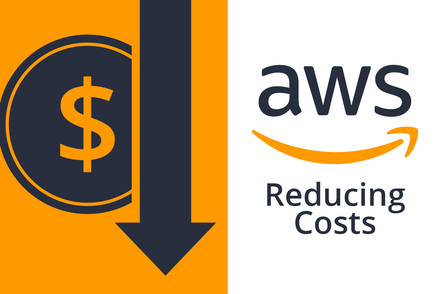AWS Ingress controller integration with External DNS and ACM on EKS
Integrating the AWS Ingress controller with External DNS and ACM streamlines the exposure of multiple applications via a single Application Load Balancer (ALB), offering a cost-effective solution by consolidating resources. This approach not only automates DNS record creation with ExternalDNS and Route53, directly within Kubernetes for enhanced efficiency but also ensures secure connections through SSL termination with AWS Certificate Manager (ACM). This cost-saving integration facilitates seamless and secure access to services on EKS clusters, showcasing the efficiency and financial advantages of leveraging these combined technologies for optimal application management.
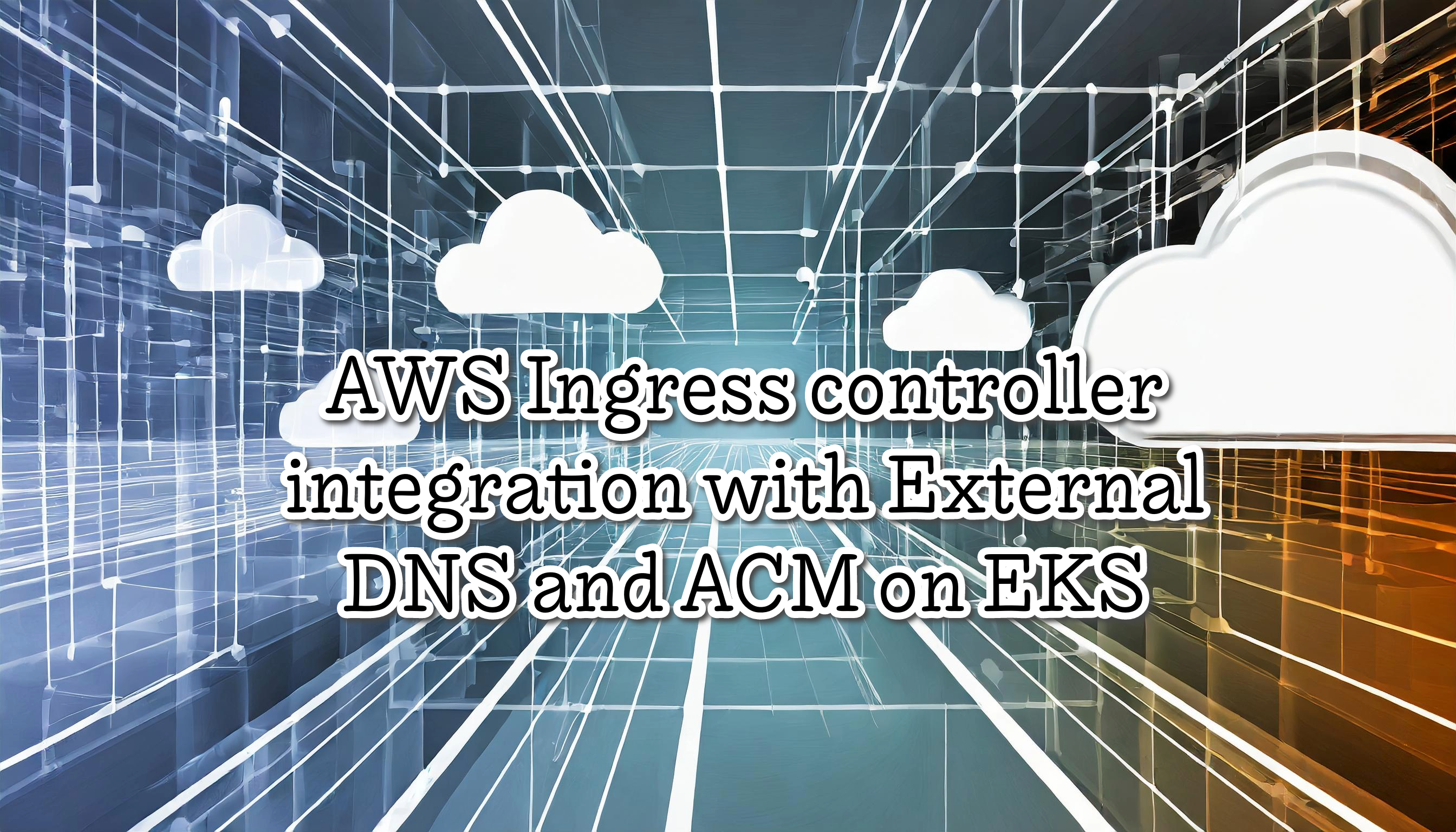
This POC demonstrates the integration of Amazon EKS with the Application Load Balancer (ALB) Ingress Controller. The primary goal is to expose multiple applications through a single ALB efficiently. This setup utilizes ExternalDNS in conjunction with Route53 to dynamically create DNS records using Ingress annotations within Kubernetes.


